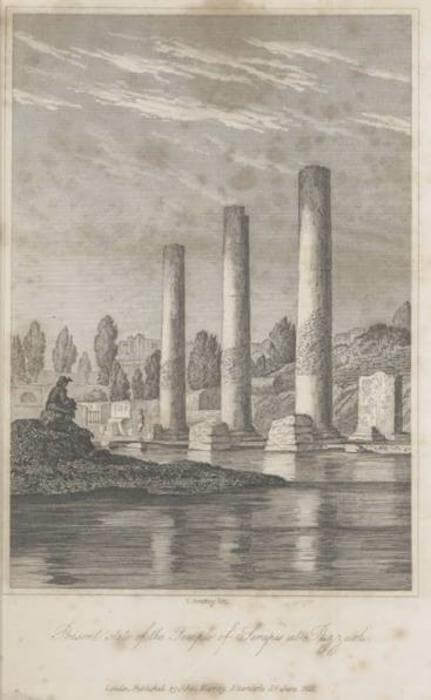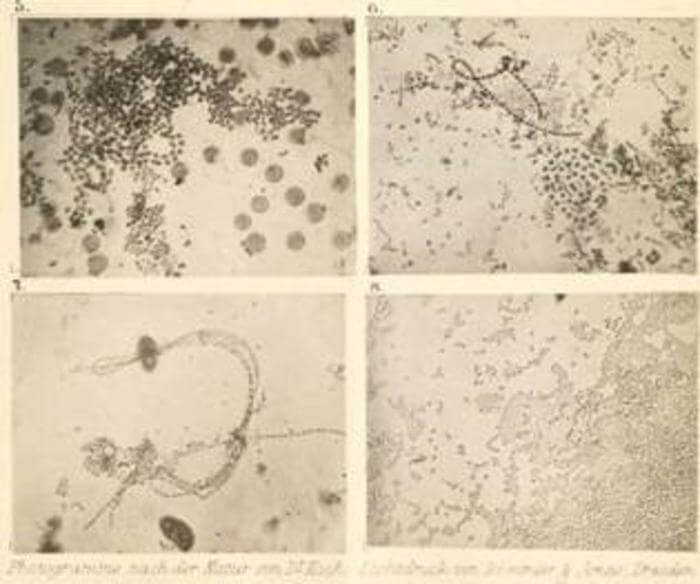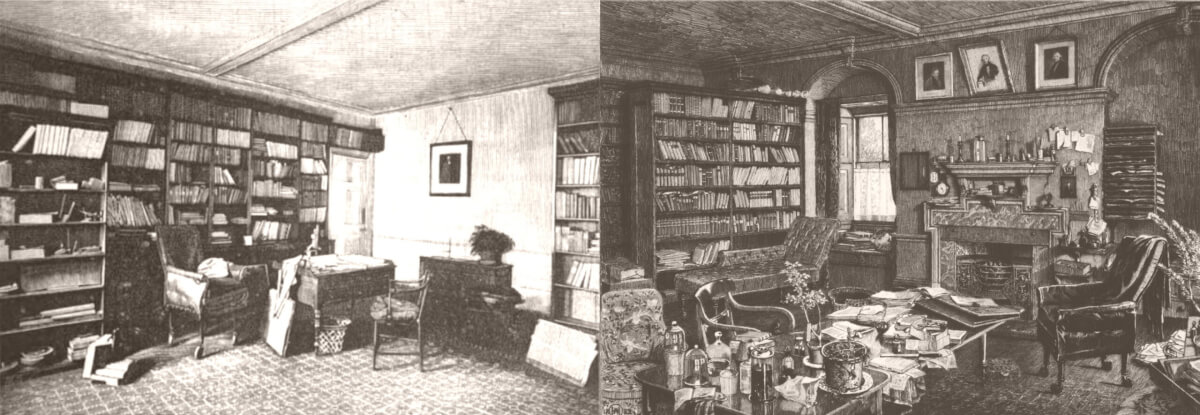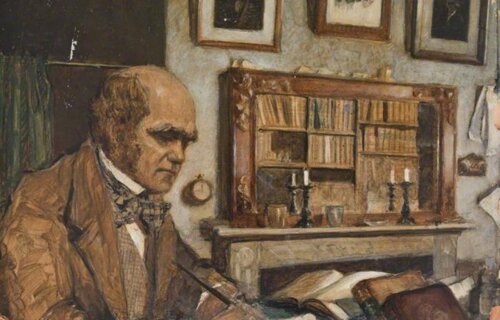SINGAPORE — The complete library of Charles Darwin, which encompasses 13,000 books, pamphlets, and journals, is being revealed for the world to see for the first time. Darwin, arguably the most influential scientist in history, amassed a vast personal collection of books throughout his career. However, until now, 85 percent of its contents remained either unknown or unpublished.
Marking the 215th anniversary of Darwin’s birth in Shrewsbury, United Kingdom, the Complete Work of Charles Darwin Online released a 300-page catalogue on Monday, Feb. 12, detailing his entire personal library. This catalogue lists 7,400 titles spread across 13,000 volumes of literature.
Previously, lists captured only 15 percent of his entire collection. Darwin’s library has also been digitally reconstructed, featuring 9,300 links to copies of the works that are available online for free.
💡Who Was Charles Darwin?
- Darwin was a 19th-century English scientist best known for his groundbreaking theory of evolution.
- He spent years documenting the natural world, including during his famous voyage on the HMS Beagle.
- Darwin’s theory, published in “On the Origin of Species” in 1859, challenged the prevailing belief in creationism and sparked scientific and societal debate.
“This unprecedentedly detailed view of Darwin’s complete library allows one to appreciate more than ever that he was not an isolated figure working alone but an expert of his time building on the sophisticated science and studies and other knowledge of thousands of people. Indeed, the size and range of works in the library makes manifest the extraordinary extent of Darwin’s research into the work of others,” says Dr. John van Wyhe at the National University of Singapore (NUS) Department of Biological Sciences, in a media release.

After Charles Darwin passed away at the age of 73 at Down House in Kent in 1882, a significant portion of his library was preserved and catalogued. However, many items were either dispersed or lost, leaving the vast majority of the collection’s details unpublished until now. For years, scholars estimated Darwin’s library to contain 1,480 books, a figure based on the surviving collections at the University of Cambridge and Down House.
Over 18 years, the Darwin Online project has unearthed thousands of Darwin’s lesser-known references from his own catalogues and lists, including pamphlets and journals originally in his library. Identifying each reference turned into its own “detective story,” uncovering publications Darwin had hastily noted. This effort also revealed missing details such as authors, dates, or sources of clippings in thousands of records from older catalogues for the first time.
A crucial resource in revealing the library’s original contents was the 426-page handwritten “Catalogue of the Library of Charles Darwin,” compiled from 1875. A meticulous comparison of its abbreviated entries disclosed 440 titles previously unknown to have been in the library. An inventory made after Darwin’s death listed 2,065 bound books and an unspecified number of unbound volumes and pamphlets.
In the drawing room alone, 133 titles and 289 volumes, mostly of non-scientific literature, were recorded. Dr. van Wyhe noted that the legacy duty valuer appraised the “Scientific Library, that is books relating to Science,” at only 30 pounds and 12 shillings — around $2,600 today. The total valuation of all books was just 66 pounds and 10 shillings, approximately $5,720 today, though any book owned by Darwin today would be highly valued by collectors.

Additional sources that contributed to reconstructing Darwin’s complete library included pamphlets, his reading notebooks, Emma Darwin’s diaries, the Catalogue of books given to the Cambridge Botany School in 1908, and the 30 volumes of the Darwin Correspondence.
Some items that exist but were previously not listed in Darwin’s library include his unbound materials at Cambridge University Library, books in other institutional and private collections, and books sold at auctions over the past 130 years.
Combining these and other sources of evidence allowed for a comprehensive reconstruction of Darwin’s library. For instance, Darwin’s copy of an 1826 article by ornithologist John James Audubon was sold in 1975. Darwin had investigated Audubon’s claims during the historic voyage of HMS Beagle.

In 2019, a copy of Elizabeth Gaskell’s 1880 novel “Wives and Daughters” appeared at auction, noted as Darwin’s last read-aloud book and a favorite of his. Darwin’s library predominantly features works on scientific subjects, particularly biology and geology.
It also includes literature on farming, animal breeding and behavior, geographical distribution, philosophy, psychology, religion, and other interests such as art, history, travel, and language. The collection is mostly in English, but nearly half of the works are in other languages, including German, French, Italian, Dutch, Danish, Spanish, Swedish, and Latin.
Notably, the library contained previously unrecognized books like “Sun Pictures,” a 1872 coffee table book of photographs of artworks, and a popular science book on gorillas by Paul Du Chaillu, reflecting the diverse range of Darwin’s interests. Additionally, thousands of shorter items were discovered, such as a German scientific periodical from 1877 with the first published photographs of bacteria, showcasing the breadth of Darwin’s eclectic sources.
